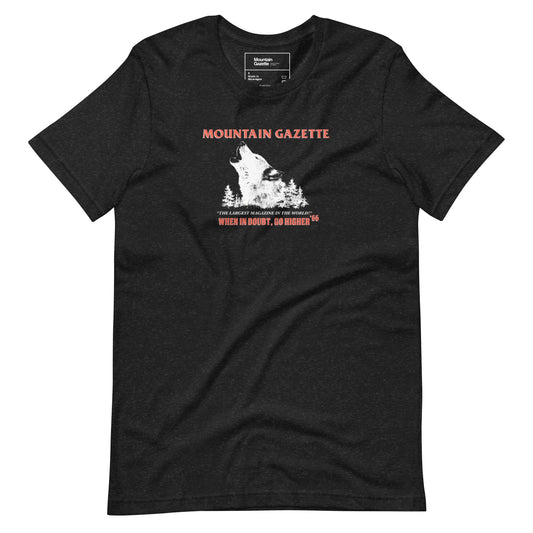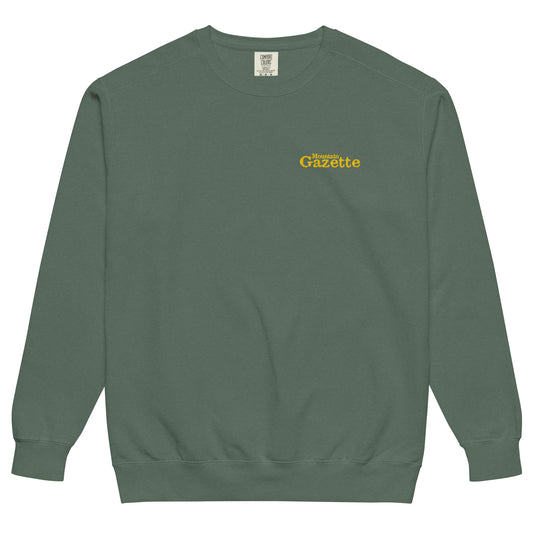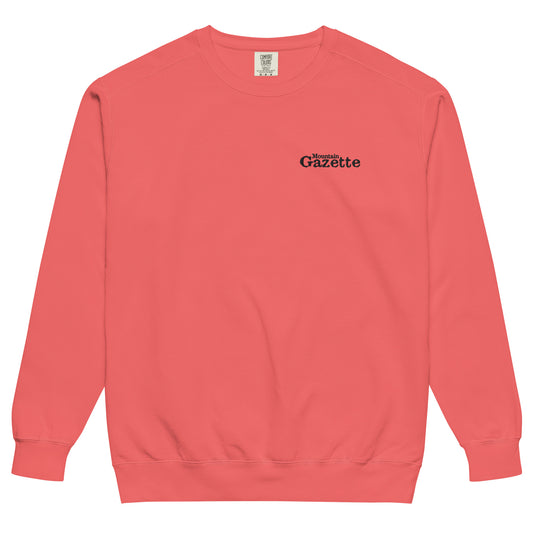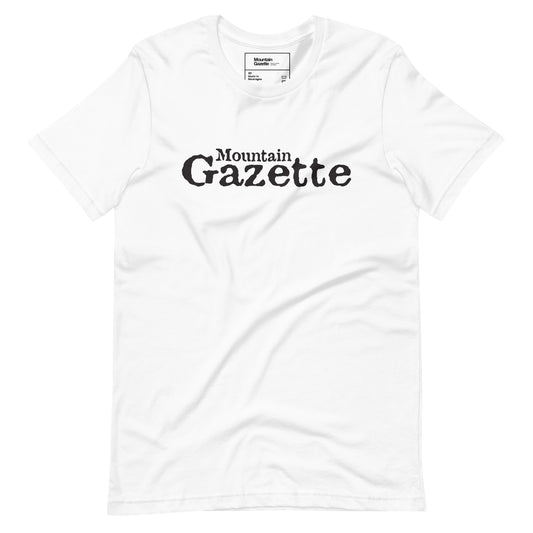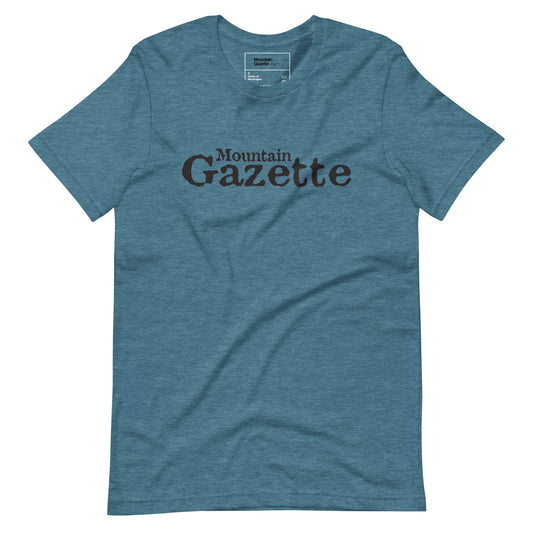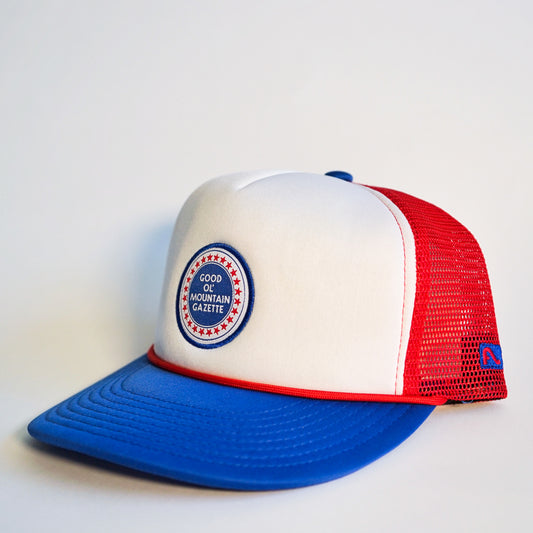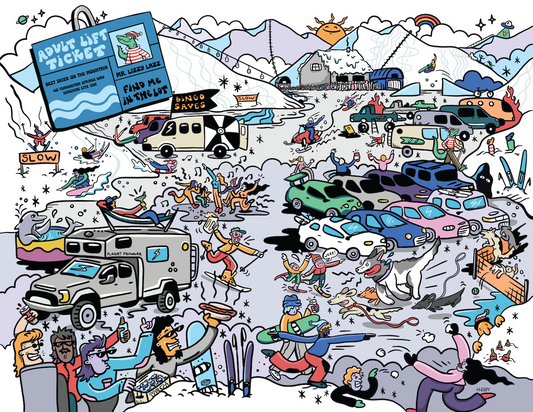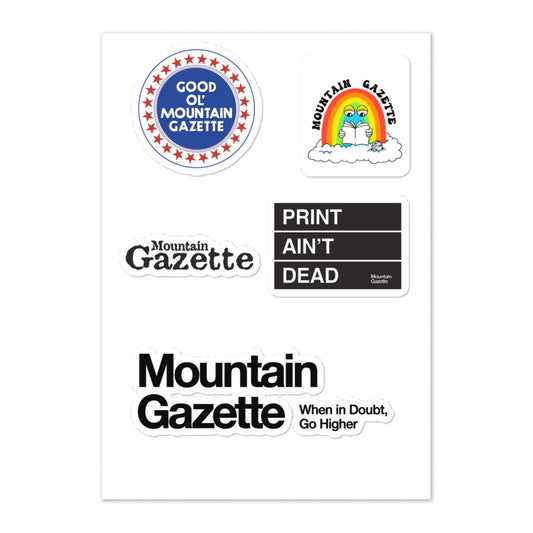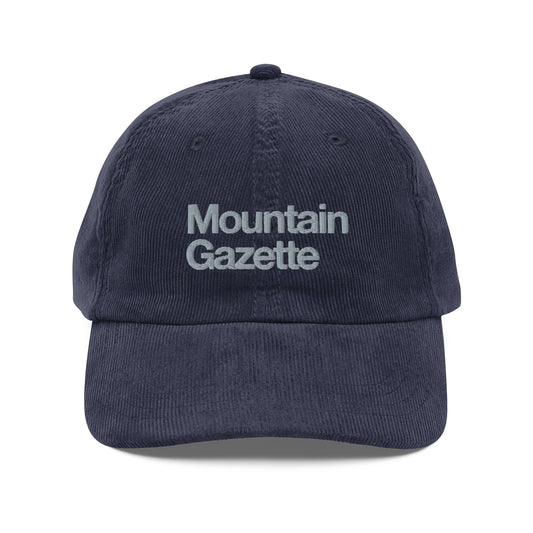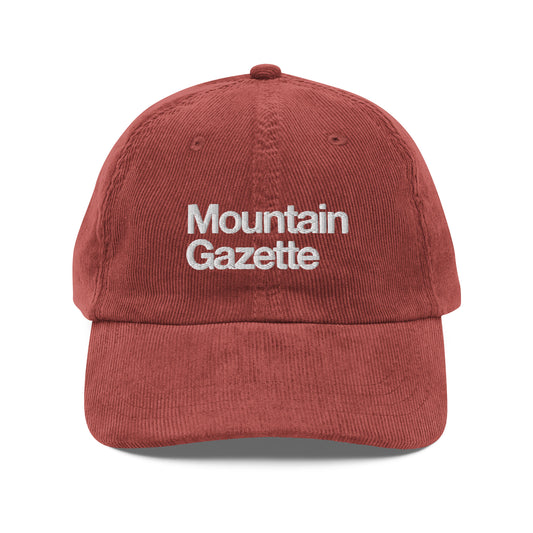This article was originally published in the Here & There newsletter by Kyle Frost. Here & There is an email newsletter published every other Thursday by Mountain Gazette.
Made in America?
President Donald Trump has announced plans for significant tariffs on imports from China, Canada, and Mexico. While some implementation details are still up in the air (or "paused"), the outdoor industry is particularly vulnerable to the effect of these tariffs, with a heavy reliance on global supply chains and specialized materials and manufacturing techniques not available domestically. The increased costs resulting from tariffs may force outdoor companies to raise prices, making an already expensive industry less accessible to consumers.
Let’s start with the basics
Say you're buying a backpack manufactured in country X. If the government adds a tariff on country X, the company selling the backpack has to pay more to bring it into the United States. To cover that cost, the company might raise the price of the backpack for you, the buyer. Tariffs are meant to make particular foreign goods more expensive, subsidizing domestic industry and encouraging people to buy products made locally.
However, even "locally” or “USA made" companies rely on parts or materials from around the world. Say that backpack was “made” in the United States. There wouldn't be tariffs on the backpack, but it's possible that the company sourced materials or individual components in the backpack from country X. The company would have to pay tariffs on those materials and components. Because of that increased cost, they would pass on the price to you, the buyer.
Tactically implemented tariffs can generate revenue, protect new or strategic domestic industries, strengthen bargaining power in trade deals, and bolster domestic supply chains.
However, in a deeply interconnected global economy built on global specialization, broad tariffs risk foreign retaliation and higher costs for both domestic industries and consumers.
Investopedia also has a great overview.
Why will the outdoor industry be impacted?
Outdoor gear isn't just tents, backpacks, and jackets; it's a deeply entwined network of specialized materials, advanced manufacturing techniques, and global supply chain logistics. As globalization surged over the last few decades, many of the manufacturing technologies for outdoor gear (and associated worker expertise) migrated overseas. Countries like China, Vietnam, and Taiwan became not just suppliers of cheap labor but hubs of innovation in technical fabrics, lightweight composites, and precision manufacturing equipment.
Tariffs disrupt this tightly interconnected trade ecosystem. Outdoor brands already operating on thin margins and cutting other costs will either have to absorb these new costs or pass them on to consumers.
China
During his first term, Trump established tariffs on a range of Chinese goods, things like imported solar panels, washing machines, steel, and aluminum. Prices on those items may have ticked up, but the impact was minimal, and factory jobs didn’t exactly come roaring back. More recently, he imposed an additional 10% tariff on all Chinese imports, a much broader and generalized approach than previously. China has rolled out their own retaliatory tariffs: a 15% levy on U.S. coal and liquefied natural gas, plus a 10% tariff on crude oil, agricultural machinery, and large-engine vehicles.
It should come as no surprise that many outdoor brands have strong ties to China. Perhaps most significantly, Amer Sports, which owns brands like Arc'teryx, Salomon, Peak Performance, and Suunto, relies heavily on Chinese production facilities for both cost efficiencies and technical expertise (they’re part owned by Anta Sports, based in China). Writing about their recent IPO filing, I pointed out that both their success and risk factors were tied to China. The company acknowledges that its deep integration with Chinese manufacturing could pose significant risks. "Changes to trade policies, tariffs, import/export regulations and anti-competition regulations in the United States, EU, PRC and other jurisdictions...there could be legislative actions limiting outsourcing manufacturing and production activities to foreign jurisdictions, including through tariffs or penalties on goods manufactured outside the United States, which may require us to change the way we conduct business and adversely affect our business, results of operations, financial condition and the price of our ordinary shares"
They’re not alone. Many major outdoor companies have a strong foothold in China. VF Corp, which owns The North Face, Timberland, Altra, Icebreaker, and more, has significant imports from China. Shoutout to ImportYeti for providing a super interesting service for diving into import data.


A look at recent import data indicates that most of Yeti’s ‘drinkware’ category, which makes up ⅔ of their revenue, is manufactured in China. And following the “viral consumer drinkware” thread, guess where Pacific Market International (PMI), which owns Stanley, gets their popular vacuum mugs? You guessed it, China.

Canada and Mexico
While much of the focus lands on China, tariffs affecting Canada and Mexico introduce another layer of complexity. The USMCA (United States-Mexico-Canada Agreement) is a trade deal signed by President Trump in 2020, designed to replace NAFTA and promote tariff-free trade among the U.S., Mexico, and Canada. Its stated goal was to strengthen economic ties and reduce trade barriers between the three nations. Trump, who championed and signed this agreement to facilitate free trade, seems to have forgotten his own involvement and is threatening to impose 25% tariffs on Mexico and Canada. Most of the companies I listed above also import from Mexico. I immediately found examples of The North Face’s Glacier and Skyline Fleece jackets and knit vests.
Mike notes that "There is not a printer in the United States who can print Mountain Gazette exactly the way we have it printed in Canada. They simply don’t have the presses. We negotiated to split tariff fees in an effort to keep our business relationship continuing for years to come. It’s going to hurt both of our businesses, but we’ll both be able to come out the other side." If printing a high quality magazine domestically poses such hurdles, imagine the logistical and technical challenges involved in manufacturing a car—or a complex piece of outdoor gear.
'Made in the USA' isn’t so simple
Supporters of tariffs might say, "the point of tariffs is to bring manufacturing back to the United States". But, for many types of technical clothing manufacturing, we just…can’t. The specialized machinery, skilled labor, and even the raw materials are currently concentrated in countries that have spent decades building up these capabilities and supply chains. You can't just stand up a new technical clothing mill or factory overnight. And that’s not even touching on the lack of skilled labor to manage and run these factories. It’s a valid economic position–wanting to bring more manufacturing back to the US–but in a global society, it’s also somewhat unrealistic. Attempting to rebuild this ecosystem in the U.S. would require not just massive capital investment and government subsidies but also time—years, if not decades. Even then, domestic production is unlikely to match the costs of overseas options.
Some companies have shifted to "assembled in America" messaging, much like Apple products are "designed in California". While some of its climbing hardware and technical equipment are made in Salt Lake City, Utah, most of Black Diamond's production—especially for soft goods and apparel—is outsourced to factories in Asia, including China. Moment Skis proudly manufactures its skis in Reno, Nevada. However, they source materials globally, including wood cores from Europe and composites from Asia.
I spoke to Will Watters, founder of Western Rise, who recently moved to Vietnam to be closer to factories and innovation. He says that to expect any of this innovation to return stateside is unrealistic. “The best factories are here. Material innovation is happening here. Allbirds has an office across the street. Osprey is 5 minutes away. There are no operations in the United States able to work at the speed, level of quality, and with these technical materials.”
Granted, there are companies manufacturing in the US on a smaller scale–but mostly at smaller scales and with less advanced materials. Cotton tees? Sure. Technical rain jackets? Not so much. A cottage industry of technical backpacks and clothing has sprung up stateside, but at a very bespoke speed of delivery and price point. Watters notes that there are some factories doing technical manufacturing in the US. “The only factories doing this kind of work are very small scale, and mostly subsidized by the US government because of military contract regulations”. He calls out Arc'teryx LEAF and Patagonia’s L9 military product lines as examples. However, these factories aren’t remotely capable of the scale needed to support the volume of consumer outdoor goods being produced in China (even those companies still mostly manufacture overseas).
The effects
Ultimately, consumers are likely to bear the brunt of tariffs. Prices for outdoor gear are already high. Tariffs will inflate these costs, period. For brands, there are also risks. Compromising on quality to offset costs could erode trust, while significant price hikes may price out loyal customers. Smaller companies, in particular, lack the financial cushion to weather such storms, making them vulnerable to being edged out by larger competitors who can potentially absorb sales fluctuations or utilize greater resources to re-jigger their supply chain.
Some brands will adapt by diversifying their supply chains and seeking partners in countries less affected by tariffs but it’s hard to know exactly what is going to happen. Trump is notoriously inconsistent. As of now, tariffs on Canada and Mexico have been temporarily paused. Will they actually take effect? Will it be more? Less? General? More targeted? I have no idea, and frankly I’m not sure anyone does right now. That’s not great for anyone. Companies aren’t exactly huge fans of unpredictable economic situations where they can’t forecast costs, shipping needs, or where/when/how significant tariffs may be implemented. Watters notes that regardless of what happens, Chinese factory owners are already planning ahead, saying “they’ve been down in Vietnam all week trying to buy factories here to get around the new regulations”. We’ll have to see how that pans out.
---



